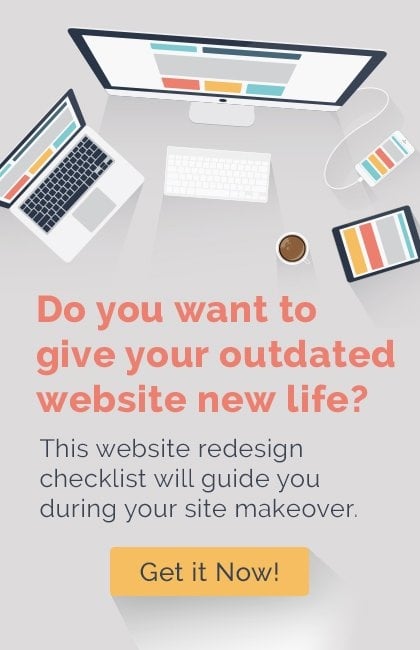
Optimizing Your Social Media Strategy: SEO Pitfalls to Avoid
Crafting an effective social media strategy is essential in today’s digital marketing landscape. A well-optimized approach can lead to increased brand visibility, engagement, and conversions. However, various SEO pitfalls can hinder these outcomes. This comprehensive guide explores crucial SEO issues to avoid, ensuring your social media efforts are both effective and rewarding.
The Essence of SEO in Social Media
First, let’s take a look at SEO’s Role:
- Enhances content discoverability on search engines: Implementing SEO practices can significantly improve the likelihood of your content appearing in top search engine results. This visibility is crucial for attracting potential customers who are actively searching for related topics or products.
- Applies to websites and social media profiles/content: SEO is not limited to websites alone; it extends to social media profiles and their content. By optimizing social media posts and profiles with relevant keywords and metadata, you can boost their discoverability both on social platforms and search engines.
- Increases visibility and drives traffic: Effective SEO strategies lead to higher visibility online, making it easier for your target audience to find you. This increased online presence directly contributes to more traffic to your website or social media profiles, potentially leading to higher engagement rates and conversions.
Platform-Specific Optimization
Optimizing content for each social media platform’s unique algorithms is crucial for maximizing engagement and reach.
- Unique Platform Algorithms:
- Each social media platform operates with its own set of algorithms and best practices that dictate content visibility. Understanding these can significantly enhance your content’s performance.
- Tailoring your content and engagement strategies to align with each platform’s specific algorithms can lead to better visibility and interaction rates.
- Examples:
- Instagram: This platform’s algorithm prioritizes engaging visual content and the strategic use of hashtags to increase discoverability among targeted audiences.
- Twitter: Known for its preference for brief, impactful content paired with timely and relevant hashtags, Twitter is ideal for real-time engagement and news sharing.
- LinkedIn: As a professional network, LinkedIn values insightful, industry-related content that fosters professional growth and networking opportunities.
- Facebook: With its diverse user base, Facebook’s algorithm promotes a variety of content types, from videos and images to in-depth articles, to engage a broad audience.
Also Read: The Secret to SEO and 5 Tips on Optimizing Your Results
Overlooking Keywords
Incorporating relevant keywords into your social media strategy is essential for enhancing visibility and attracting the right audience.
- Keyword Integration:
- Embedding well-researched, targeted keywords into your social media profiles, posts, and hashtags can greatly improve your content’s searchability and reach.
- Conduct thorough keyword research to identify terms that your target audience frequently uses, ensuring your content resonates and is easily discoverable.
- Balancing Act:
- Achieving a balance between incorporating relevant keywords and maintaining a natural, engaging content flow is key to keeping your audience interested while optimizing for search engines.
- Avoid overusing keywords in your content, as this can lead to a decline in content quality and user engagement, potentially harming your brand’s reputation and reach.
Now Let’s take a look at the top SEO Issues that can sabotage your social media strategy optimization efforts:

1. Ignoring Local SEO
Geographic Targeting:
- Incorporate location-based keywords for businesses with a physical presence or local target market
- Utilize geotagging features in posts and profile settings
- Local Engagement:
- Engage with local communities and events
- Share location-specific content to enhance local relevance and visibility
2. Inconsistent Branding and Messaging
Brand Identity Consistency:
- Maintain a uniform brand voice, imagery, and messaging across platforms
- Use consistent logos, color schemes, and brand messaging to reinforce brand recognition
Content Cohesion:
- Align content themes and messaging with your overall brand strategy
- Ensure all posts contribute to a cohesive brand narrative
3. Ignoring Visual Content Optimization
Visual Appeal:
- Use high-quality, engaging visuals in line with brand aesthetics
- Optimize image sizes and formats for each platform
Alt Text and Captions:
- Include descriptive alt text and captions with relevant keywords
- Enhance accessibility and SEO with meaningful, keyword-rich descriptions
4. Neglecting User Engagement
Interactive Content:
- Create posts that encourage user interaction, such as polls, questions, and calls-to-action
- Monitor and respond to comments, messages, and mentions promptly
Community Building:
- Foster a sense of community among followers
- Encourage user-generated content and share user stories relevant to your brand
5. Poor Linking Practices
- Share links to high-quality, relevant content
- Avoid excessive linking that can detract from user experience
Cross-Platform Promotion:
- Promote your social media content across different platforms
- Include links to your social profiles on your website and in email signatures
6. Not Leveraging Analytics
Performance Tracking:
- Use social media analytics tools to track the performance of your posts and campaigns
- Analyze engagement rates, reach, and follower growth
Insight-Driven Adjustments:
- Adapt your strategy based on analytics insights
- Test different content types, posting times, and engagement tactics to optimize results

Expanding Your Strategy
- Explore emerging content formats like live videos, stories, and reels
- Stay abreast of platform updates and new features to leverage them effectively
Collaborations and Partnerships:
- Partner with influencers and other brands to expand your reach
- Collaborate on content creation to tap into new audiences
Social Listening:
- Monitor social conversations about your brand and industry
- Use insights from social listening to inform content creation and engagement strategies
You Can Do it!
To maximize the impact of your social media strategy, it’s crucial to navigate around common SEO pitfalls. By focusing on platform-specific optimization, strategic keyword use, local SEO, consistent branding, and engaging content, you can elevate your social media presence. Additionally, embracing visual content optimization, active user engagement, strategic linking, and analytics will further enhance your strategy. By avoiding these SEO issues and continuously adapting your approach based on insights and trends, you can achieve sustained success!
Ready to boost your online presence and avoid common SEO mistakes on social platforms? Let the best social media marketing agency guide your strategy to success. Don’t let poor optimization hold your brand back—partner with experts who know what works. Contact us at 630-627-5200 today for a free consultation and discover how we can make things happen for your business.


















 Improve your user experience
Improve your user experience










